相手の理解できる言語で話せば、その人の頭に入る。相手の言語で話せば、その人の心に届く。If you talk to a man in a language he understands, that goes to his head. If you talk to him in his own language, that goes to his heart.
Japanese Proverb
Japanese is a beautiful but complex language, and learning it requires patience and dedication. One of the most challenging parts of mastering this language is learning how to write it, since there are three types of writing systems in Japanese, and each one of them serves a specific purpose in a text. These three systems (Hiragana, Katakana, and Kanji) have different characters, but work together to form the backbone of Japanese writing. Though the variety of characters and the lack of spaces in texts might seem overwhelming at first, understanding the rules behind each system can make learning to read and write in Japanese more approachable.
Hiragana
(phonetic symbols)
Katakana
(phonetic symbols)
Kanji
(ideogram)

The Origins of Writing Systems Used in Japanese
Before going into the different types of Japanese writing — or scripts, as they’re commonly known — let's learn about the origins of this peculiar writing tradition.
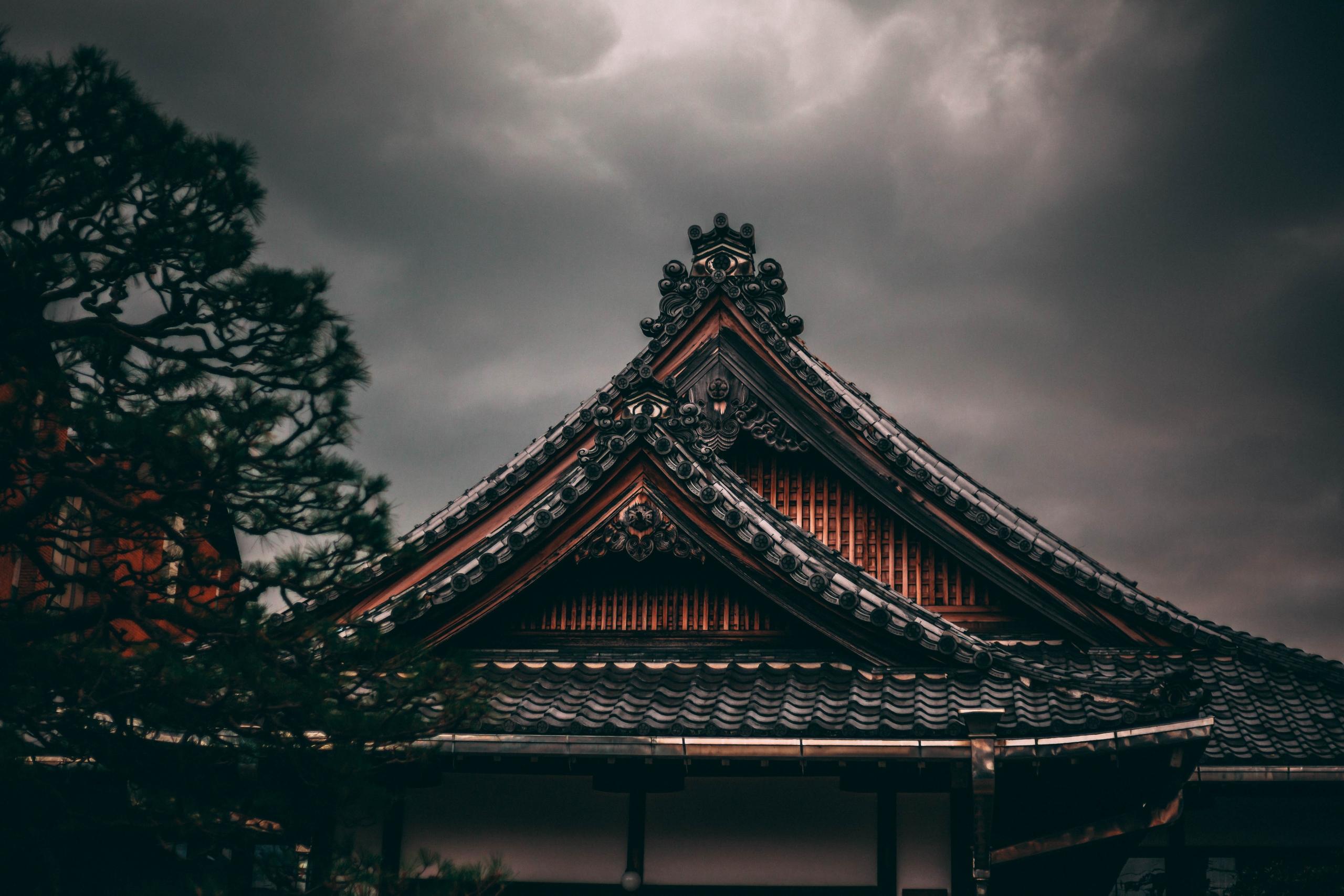
Because written Japanese is so complex and historical sources are scarce, linguists have had some difficulty determining exactly how each script came about. There are, however, some theories that can help shed light into this subject. Many believe that modern Japanese writing is an adaptation of Chinese, since the first recorded examples of Japanese texts, dating to the 5th and 6th centuries A.D., are written in this language. This is evidence that Chinese was used before a writing system was developed for the Japanese. Kanji, one of the most used writing systems in Japan, still uses many ideographs or characters that are common in Chinese. This overlap is clearly recognizable to speakers of both languages, and is a clear indication of the intertwined history of both nations.
A form of written Chinese, Kanbun was used for centuries in Japan to write official documents, as well as some literary and scholarly texts.
The origins of the two other Japanese writing systems are less clear. It's believe that, over time, new words were used to capture the nuance of spoken Japanese, and Chinese script evolved to fit these linguistic changes. This led to the development of Hiragana and Kayakana, which were necessary to express nuance in Japanese writing. Both systems fall under the label of "kana," which means that they are syllabic scripts. While Hiragana works closely with Kanji to form many parts of speech, Katakana is largely used for borrowed foreign words, onomatopoeia, and slang.
In summary, the Kanji system was borrowed from Chinese, and the two kana systems were developed to fill in the gaps and capture the complexity of Japanese language.
Hiragana Writing System (ひらがな)
The characters in the Hiragana system of Japanese writing each correspond to a single sound or syllable, rather than an entire word or complete meaning. This script covers all types of speech, from suffixes to function words and particles; it has 46 characters, with 5 vowels and 41 consonants. Some people would suggest that Hiragana is the second most important Japanese writing system, behind Kanji.
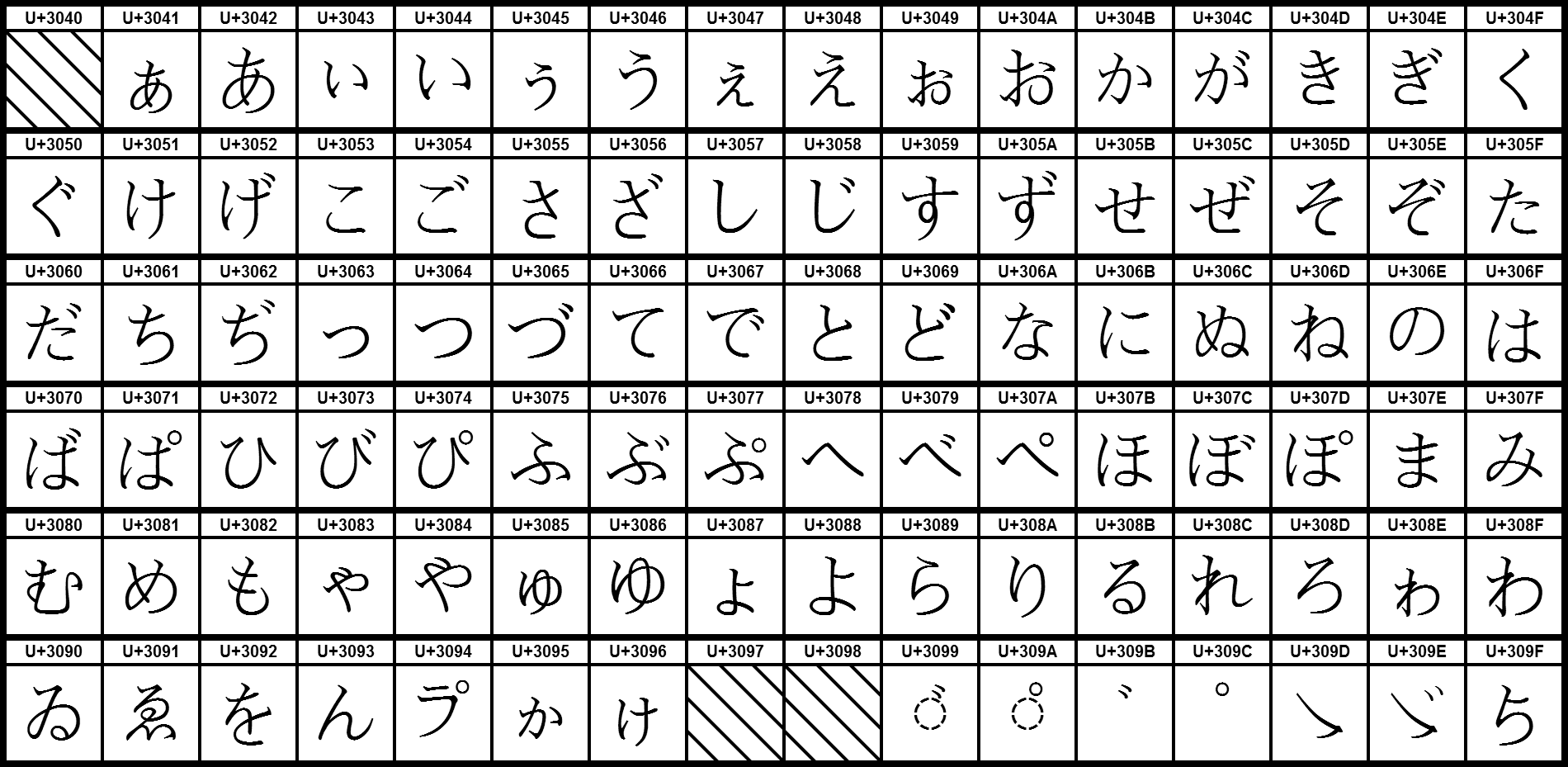
Common Uses for Hiragana
The primary purpose of the Hiragana characters is as suffixes for Kanji stems. This process is called Okurigana in Japanese, and accounts for the majority of instances where you will find Hiragana when reading texts. If this is difficult to visualize, think of a verb in the present continuous, like "watching." In Japanese, the stem of the word "watch" (見) is covered by the Kanji character, while the suffix "-ing" (てる) is covered by the Hiragana character. "Watching" is therefore written using both systems: "見てる"
While this may seem confusing at first, with a bit of practice, you will start to recognize clearly when and how to use Hiragana in a sentence.

Katakana Writing System (カタカナ)
The katakana script is the least used writing system in Japan, so people don't typically spend as much time learning it as they do Kanji and Hiragana. Nevertheless, Katakana is still very useful, and can be used to express foreign ideas and sounds. Like Hiragana, this script is syllabary and is formed from characters that each take on a single sound like a vowel or consonant.
Katakana was developed by monks in the 9th century to translate Indian texts using Chinese characters as a base.
Katakana characters are generally simple to write, and they often only require a few strokes. There are 48 characters in total, with 5 vowels, 1 consonant, and 42 syllabograms (signs that represent a syllable).
Common Uses for Katakana
The Katakana writing system is primarily used to refer to any words or concepts borrowed from a foreign language. For instance, the Japanese word for "computer" is a phonetic imitation, "konpyūtā," so it's written in Katakana: "コンピューター." Other common uses include scientific or technical terms, animals and plants, and slang and colloquialisms. Because Katakana can also be a way to highlight an important word, it's often found in billboards and advertisements.
This form of Japanese writing is typically used for onomatopoeia, so it certainly has its place in creative writing and poetry, including in Haiku. Looking at comic books is one of the best ways to practice this system, since sounds are normally written in Katakana.
Kanji Writing System (漢字)
Kanji is the most used writing system in Japan. It consists of characters that are borrowed from the Chinese language, and is made up of ideograms, meaning each character represents a concept, object or action. For example, the word "water" is represented by a single character, "水." To make new words, characters are often put together: Since the symbol for "cow" or "ox" is "牛," you can write "water buffalo" by combining the symbols, "水牛." Each ideogram can be made up of anywhere from 2-20 strokes of the pen, making this system the most complex form of Japanese writing.
Common Uses for Kanji
Kanji is largely used to form the main parts of speech, which includes everything from nouns and verbs to adjectives and adverbs. However, unlike in English, Kanji often requires assistance to form words. As previously explained, Kanji characters act as the stem of the word, and Hiragana characters act as the ending. To give yourself a real chance of having solid Japanese reading comprehension and writing skills, you’ll need to learn the two scripts together.
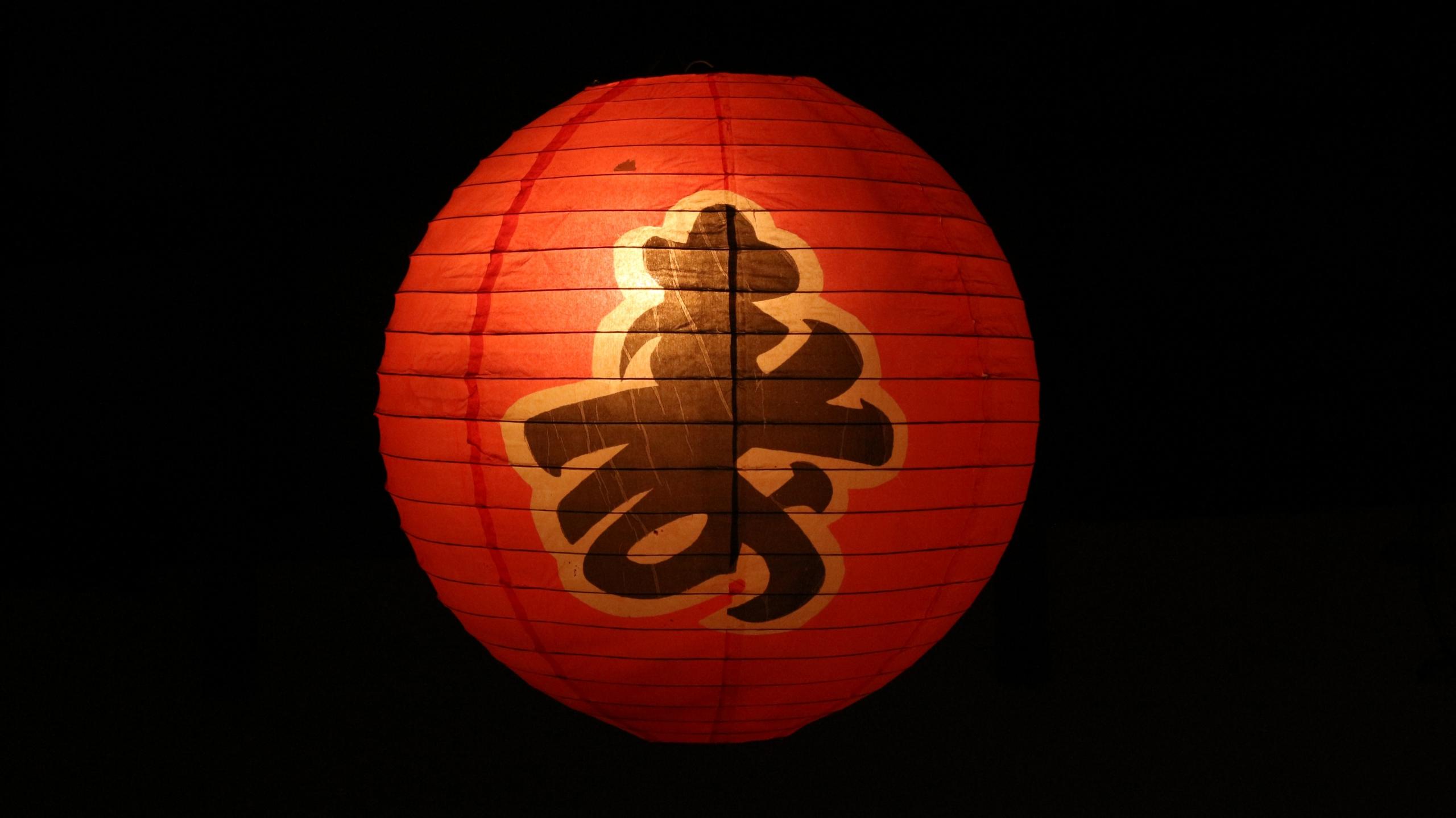
What Form of Japanese Writing is Most Common?
Kanji is the most used writing system in Japan. While Hiragana and Katakana only have 46 and 48 characters respectively, there are thousands of Kanji characters. In fact, there is no official count on how many characters this system has, but some of the best-known dictionaries have 50,000. Don't worry, though! You won't need to learn that many characters from the get-go. Once you've memorized 100 to 200 characters, you'll likely recognize around half of the words that appear in newspapers and other everyday texts. Learning 3,000 to 4,500 characters will allow you to understand most texts in Japanese.
Hiragana
46 characters
Katakana
48 characters
Kanji
50,000+ characters
Students usually dedicate the most time to this system, not only because it's the most difficult, but also because it's the most important. Even if you were to only learn the Kanji form of written Japanese, you would still be able to communicate effectively.
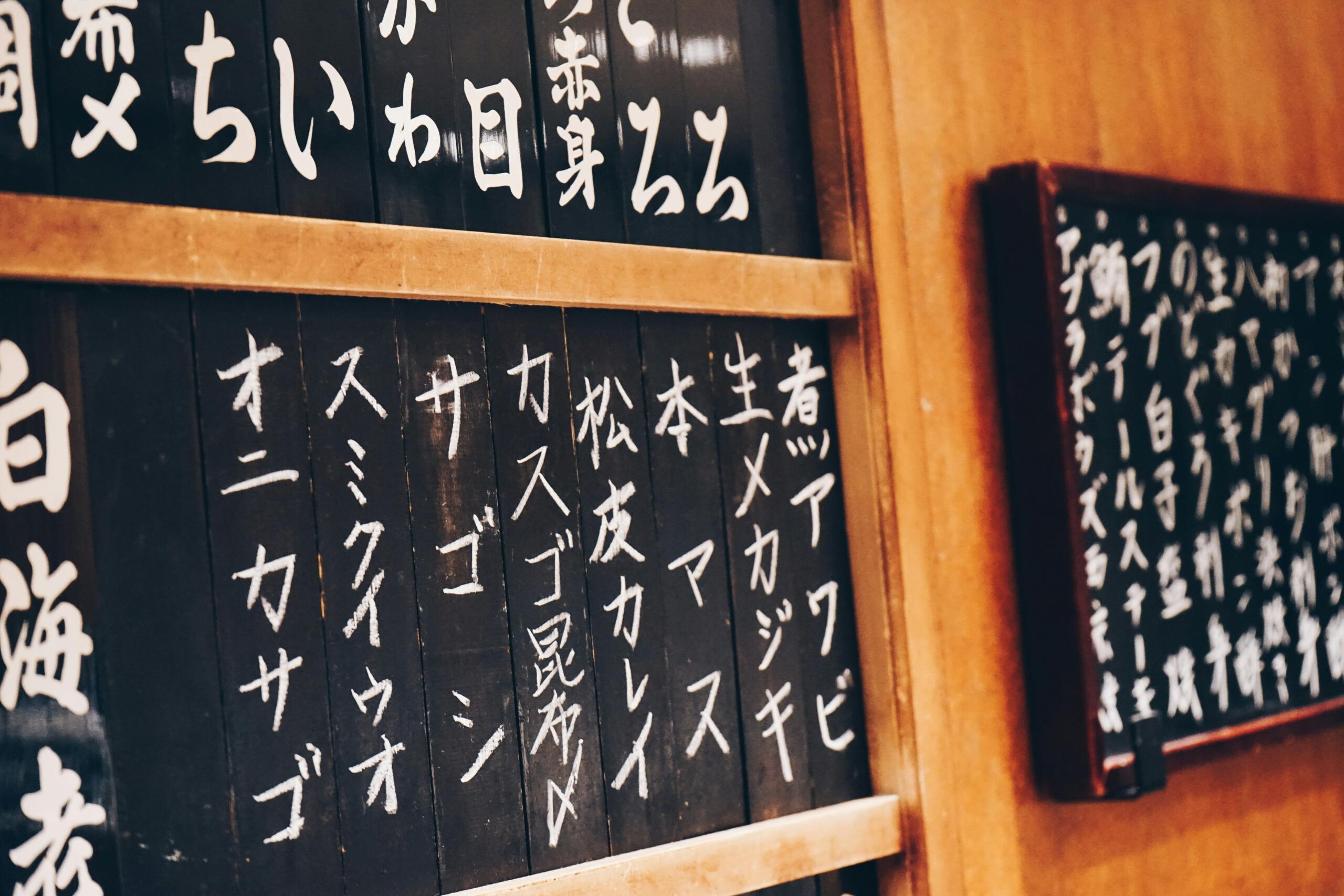
Learning to Write in Japanese
Mastering Japanese writing is no small feat, it involves learning three distinct systems: hiragana, katakana, and kanji. Each serves a unique purpose: hiragana forms the grammatical foundation of the language, katakana is used for foreign words and emphasis, and kanji conveys meaning through complex characters derived from Chinese. Navigating this intricate writing system can be overwhelming, especially for beginners.
Since Japanese writing is complex and difficult, the best way to get a solid grasp on it is to study with a tutor. Superprof offers personalized face-to-face classes, online classes, and group classes, so you can choose which one best fits your needs, time, and budget. Of course, you'll need to practice on your own, but having a tutor to answer questions and correct mistakes will allow you to master this wonderful language. With the right guidance, you'll not only learn to write fluently in hiragana, katakana, and kanji, but you'll also gain confidence and appreciation for the beauty and logic of the Japanese language.
Start your journey to mastering Japanese writing with Superprof today, and bring the language to life, one character at a time.







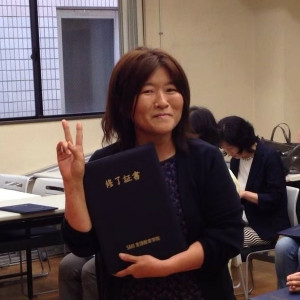
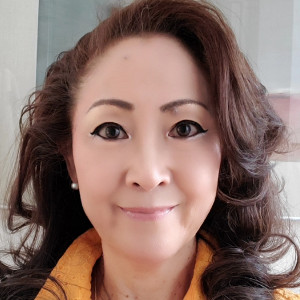

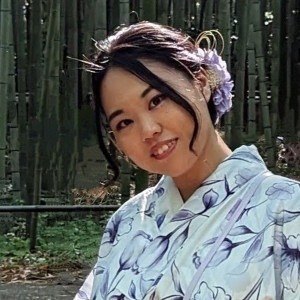







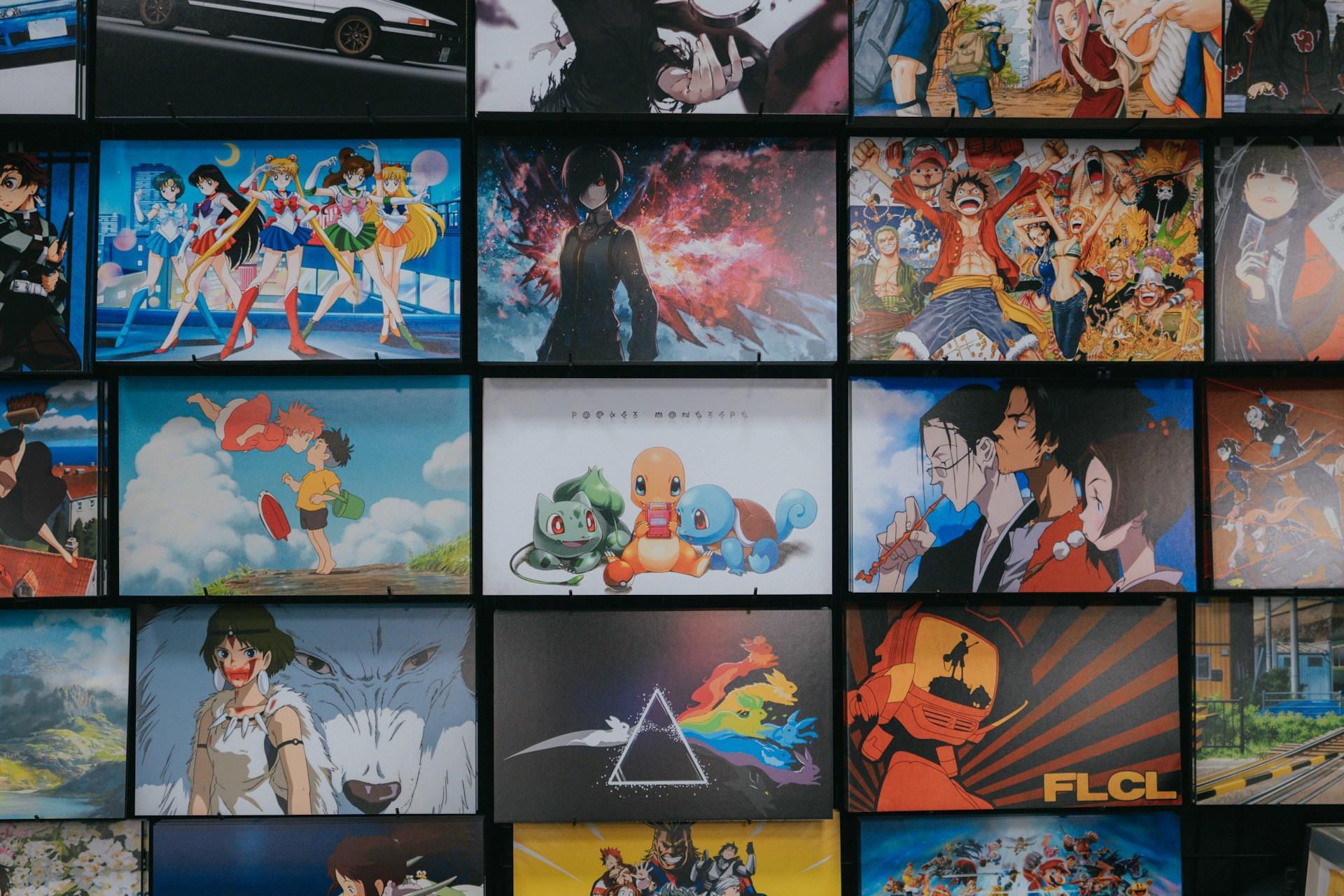

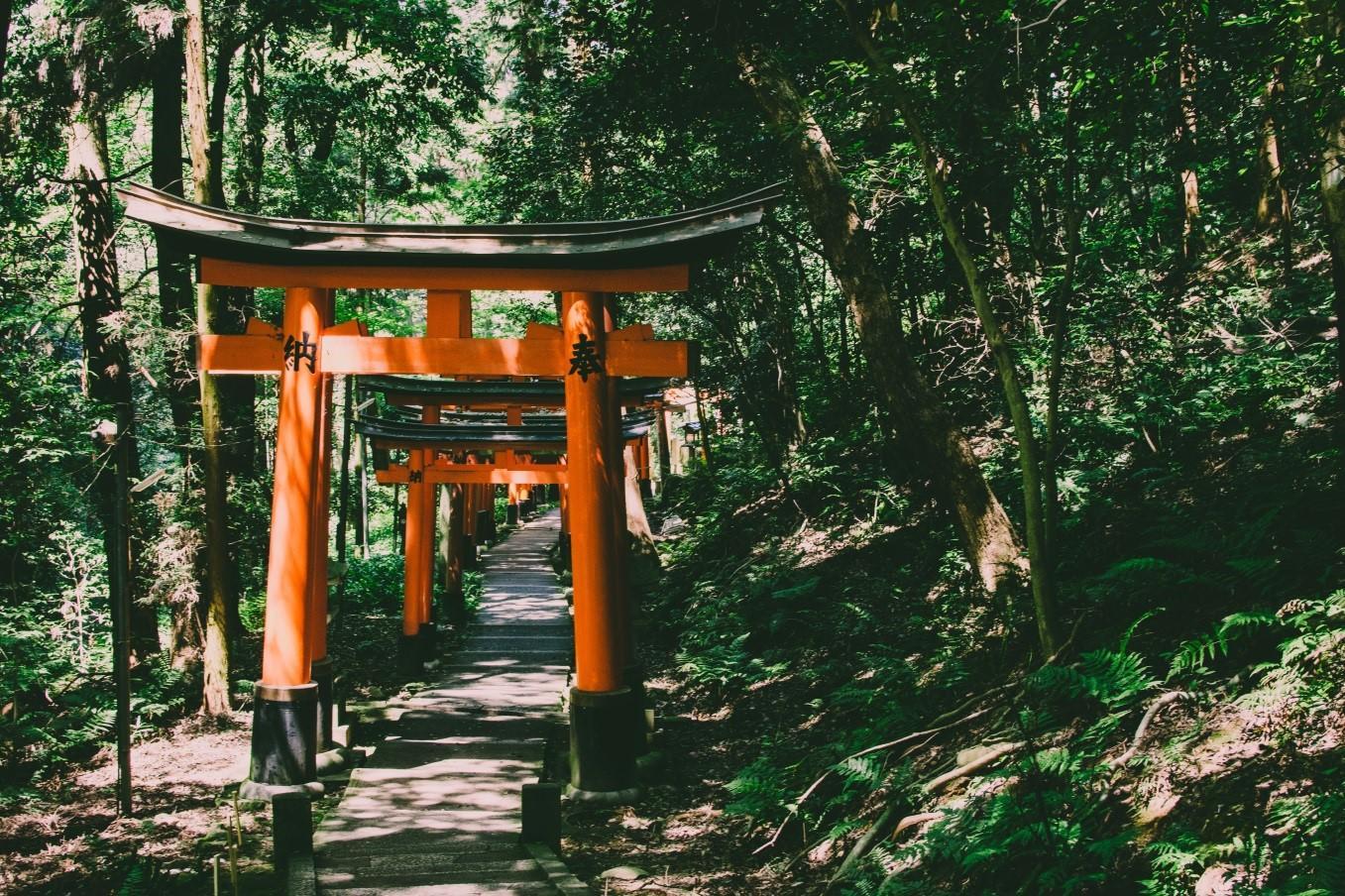
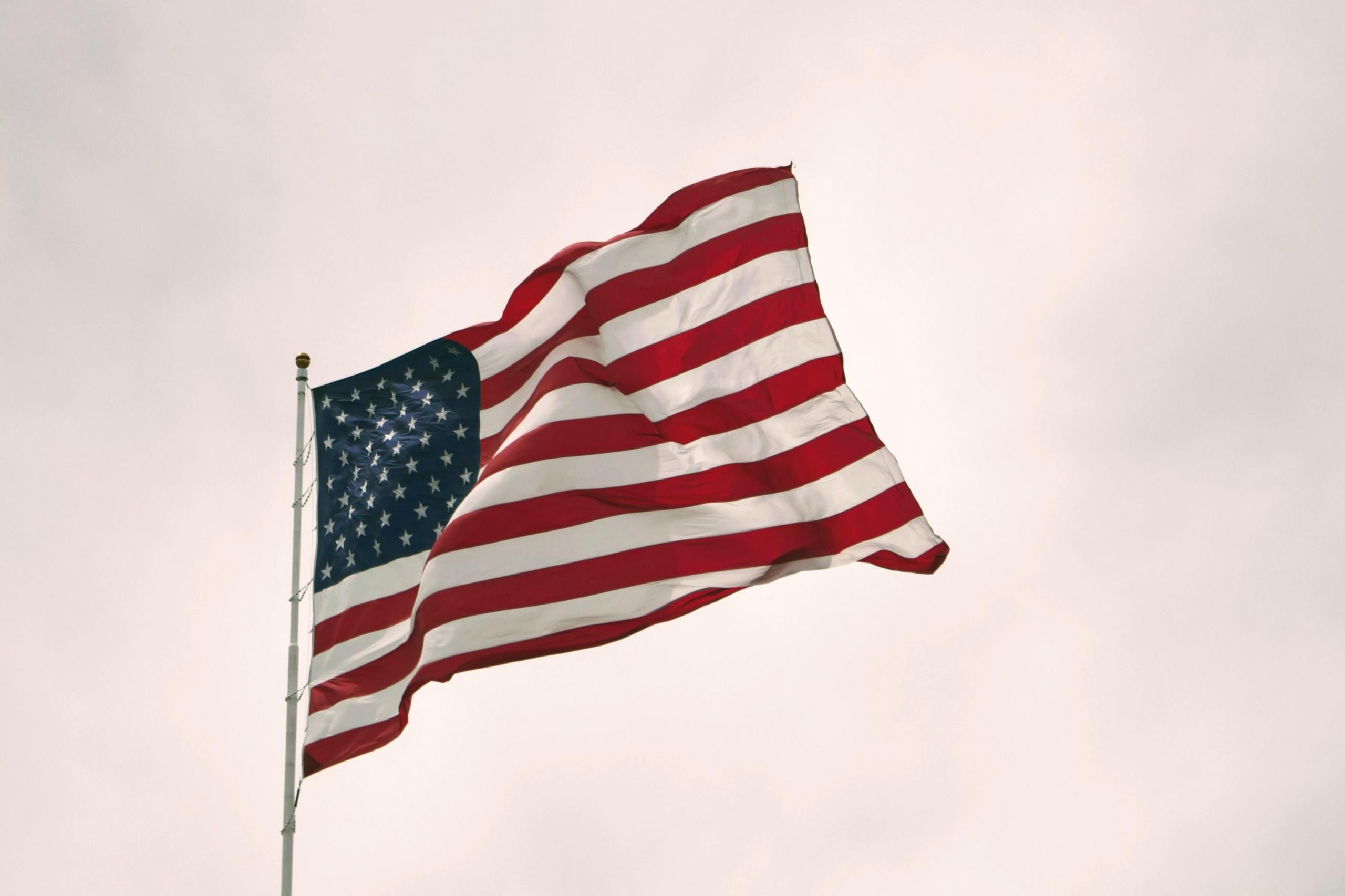
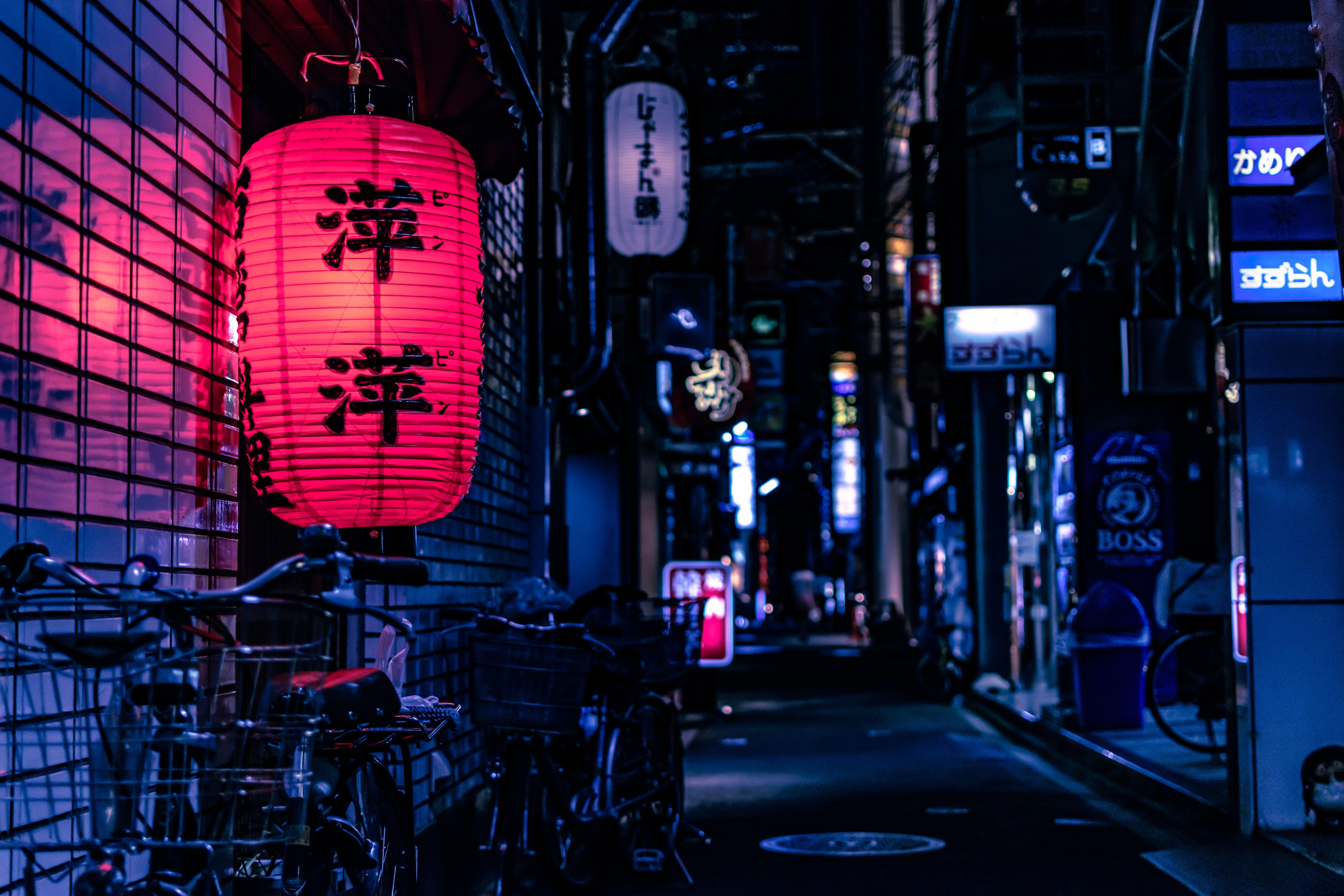


I am a student of linguistics. Wanna study about writing systems of the Asian language. It’s excellent information for me. I am looking at how the writing systems of language are developed. This article on the writing system of the Japanese language supports me with three levels of the developmental process of writing skills. Categorically Symbolize and Logo graphical, Alphabetical, and Syllabary for the good development of writing system as per the characteristic of language. Thank you to the entire team of this blog.